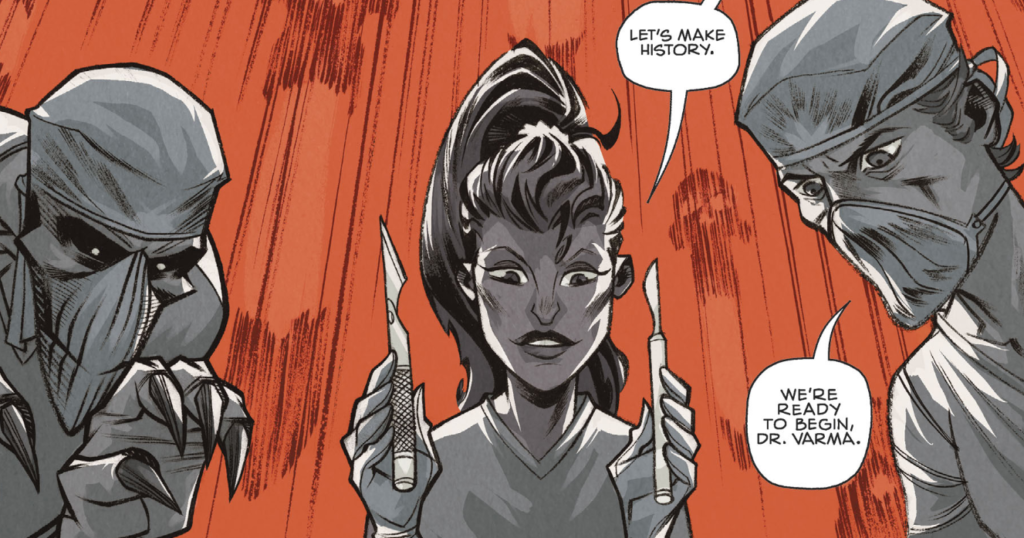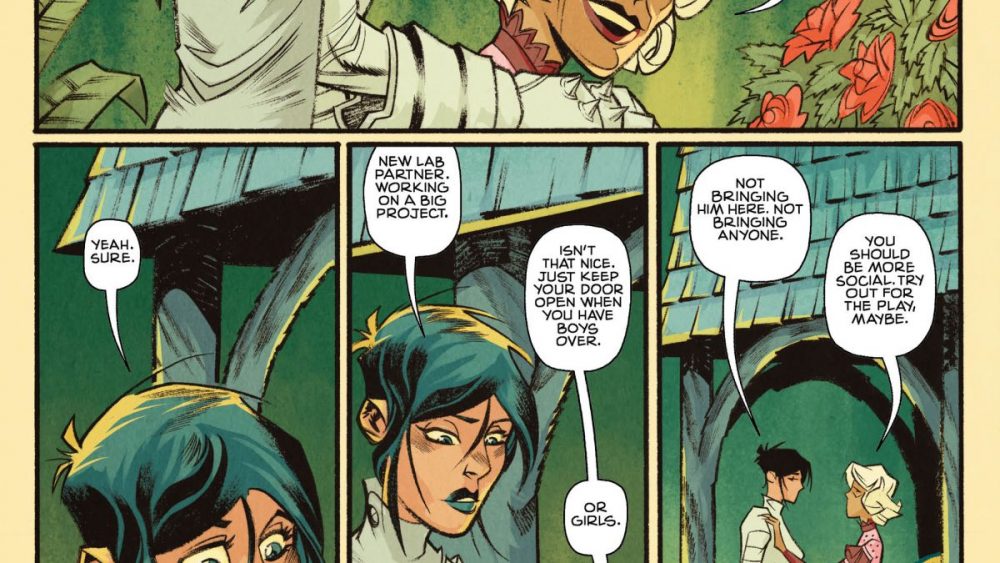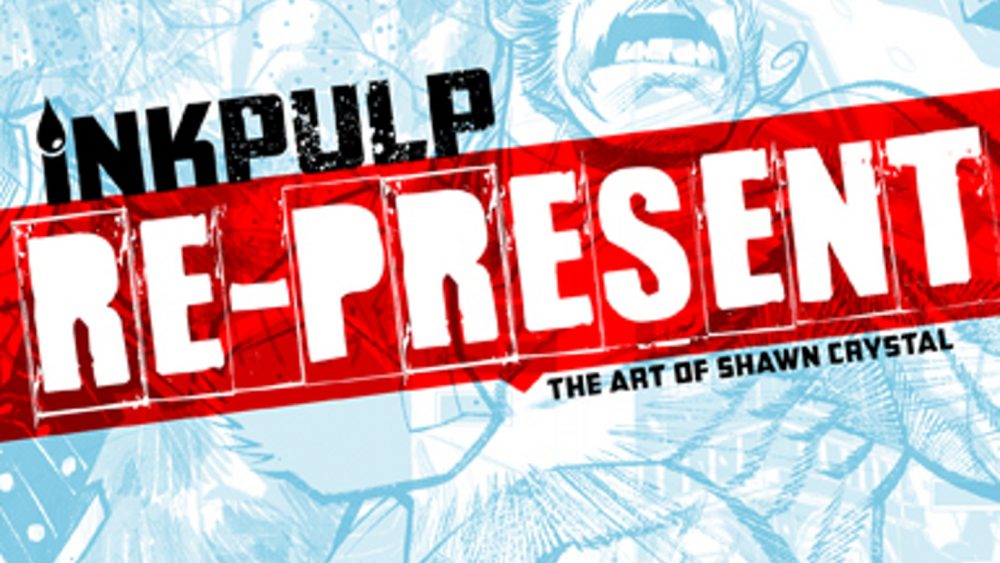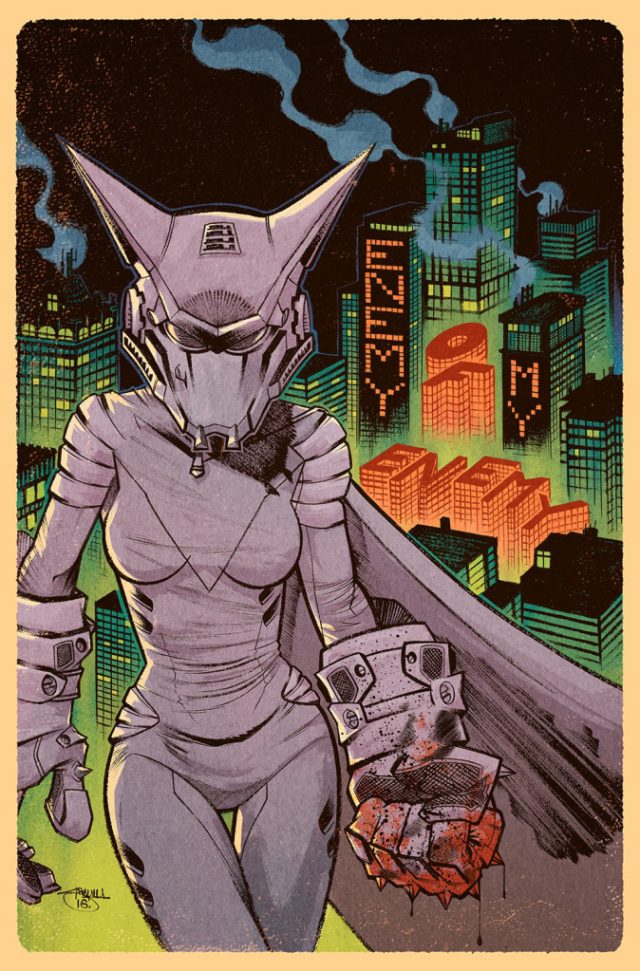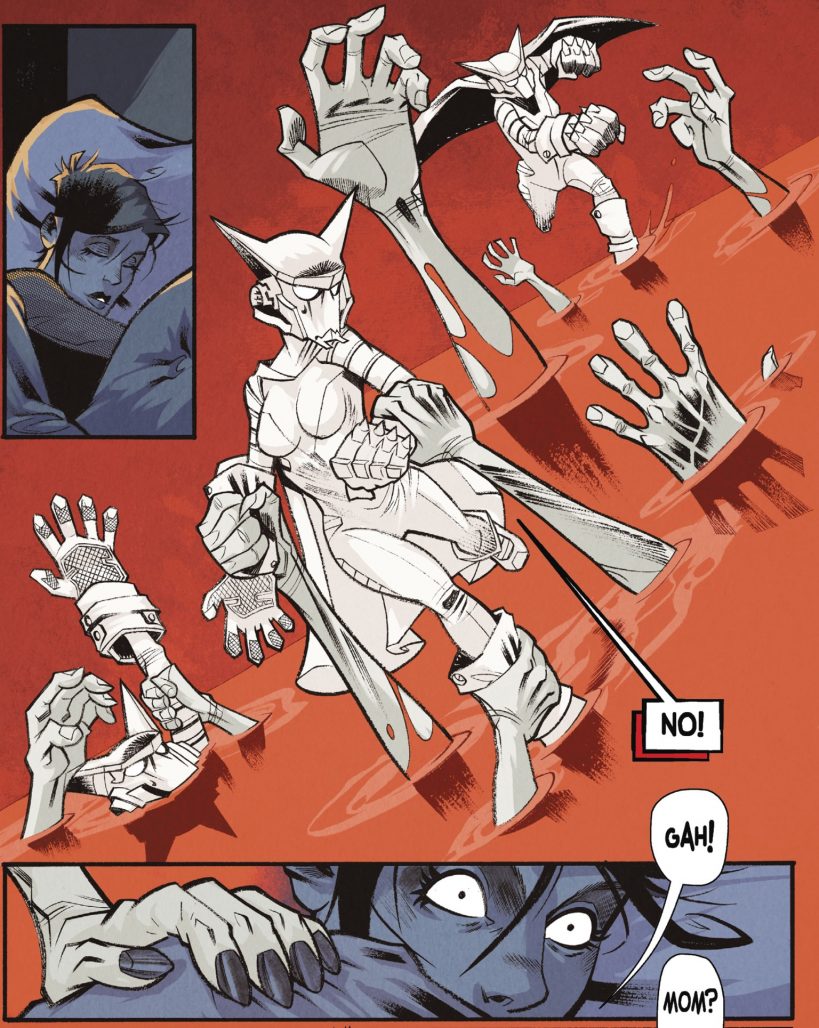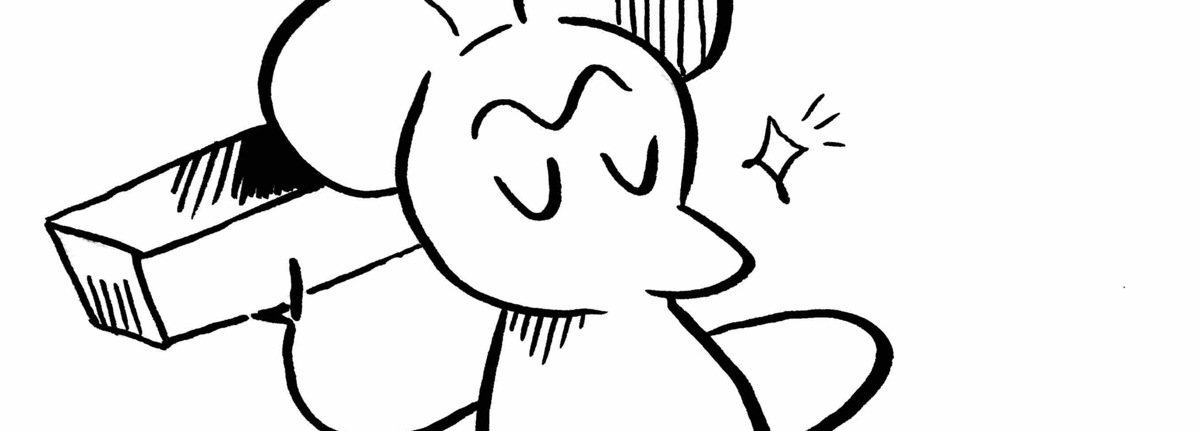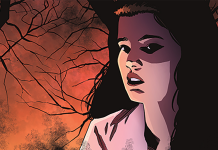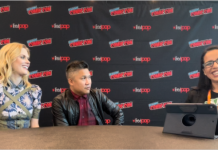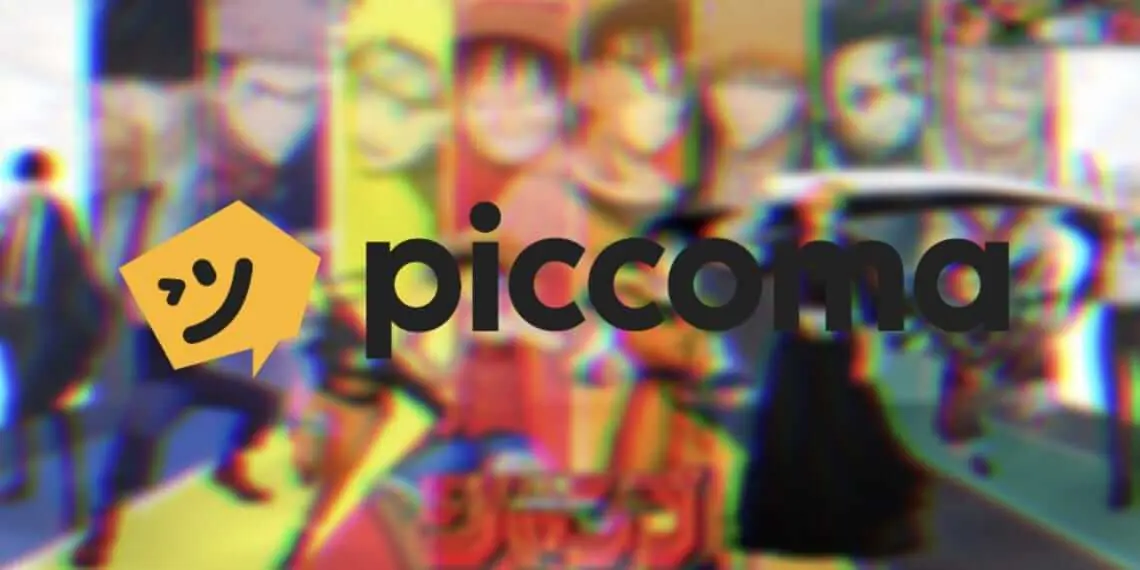I first learned of Shawn Crystal through his podcast, not his art. Skottie Young tweeted that he was recently a guest on InkPulp Audio, so I listened and was entranced by a discussion less about any specific series and more about the storytelling process and how their backgrounds shaped their styles. Later I read comics Shawn Crystal drew such as Arkham Manor and Illuminati and was impressed by his expressive style. Recently I got to talk with Crystal about both the podcast and his art, in an interview that I hope illuminates for you as much as it did for me.
I love the name (of your podcast, Patreon, and social media accounts) InkPulp. Where did it come from?
The word “Inkpulp” comes from my love of traditional inking. I have come to like a really thick ink, it helps me achieve that dry look that has become a staple of my work. I like my ink thick, like it has pulp in it. Inkpulp.
How does InkPulp Audio benefit you as a separate creative outlet?
I spend so many hours alone, working, thinking, festering, living a lifestyle that many don’t really understand. It was hard for me to have a conversation about this lifestyle with friends (outside of the industry) and family. I felt like I was a part of a different work world.
When I was attending conventions, I’d talk to industry friends and other creators. I noticed that there were common themes and struggles we shared and longed to discuss. Inkpulp Audio allows me, my guests, and hopefully my listeners to feel like we are not alone with our struggles, with this way of living. I hope it helps to build our community, which I think is sorely needed right now. Community is the key to a working society, not just in comics, but everywhere. The world we are living in now is dealing with a disease, the erosion of community. It’s sociological cancer, and I think we desperately need to address it. It’s a me, myself, and I kind of world. What about our neighbors, our colleagues, our industry?
Am I correct that you let the interview take you and your guest where it takes you, making the talk feel like a more natural conversation?
Yes, that’s exactly it! It’s a conversation, not an interview. It’s organic, honest, and real.
Do you write any notes ahead of the interview?
Never. This would give me an agenda, which I don’t want to have.
To me, the most memorable interviews were the recent podcasts with Sean Murphy where he really got into the meat of the comics industry. Were you thinking about the implications of revealing that kind of inside information as you two were talking?
Everything I say on my podcast is just me being honest. I will never hide my truth. I don’t care about any implications because it’s me being who I am. If someone has an issue with it, so be it. That’s life, right? The idea that we should please everyone with our work, with our opinions… it’s ludicrous. I don’t understand this idea that because you don’t like something or don’t agree with it, that it should disappear. I hate the idea that we should be scared to speak our truth in this day and age.
We have created an artificial reality where people have one personality online and one in real life. I’m trying to get back to who we are with this podcast, not who we sell ourselves as.
That being said, I never want to release anything that my guest is uncomfortable with. I’m not trying to be controversial. That’s never my goal. If the conversation goes there, we’ll talk about it. It’s really that simple.
What do you hope to accomplish with every interview?
To be honest and keep my guests honest. Also, to make sure I’ve successfully recorded the conversation. Each conversation goes where it goes and as long as iI didn’t fuck up the recording, I’m good.
How is drawing Mother Panic a different experience than doing art for the main Marvel and DC lines?
Initially, I thought Mother Panic would feel different. I thought it would feel more like a Vertigo title than a DCU title. When the job was offered to me, I was re-reading Preacher and Stray Bullets. Those comics are exactly the types of books I wanted to create. They were good, damn good, but they also took risks. They went places few dared to travel. For me, that’s what art should aim to do. Punk Rock, Hip Hop, The Beat Generation of writers, stuff like that always spoke to me because it challenged me.
I thought Mother Panic would challenge the audience and me as a creator. Ultimately, Mother Panic felt like a normal Gotham City book. It was fun, a lot of fun, I just thought it would take more risks and inspire me to do so as well. I’m at a place in my life and career where I want to do something dangerous, take some risks.
Though Tommy Lee Edwards was the artist at launch, you’ve drawn the most issues of the series than anyone. Does it feel more and more like your “baby” with each issue?
It’s Tommy and Gerard’s baby. I was thrilled to be such a big part of it, but it’s theirs. It became familiar and comfortable, sure, but it never felt like mine.
John Workman is one of the early letterers who readers got excited about. What’s it like working with a pioneer of the art form?
John is AMAZING. I spot my balloons in my thumbnails and am always looking to learn from that. John taught me A TON. We worked very well together.
I noticed that you share the credit with Workman. How are you involved in the lettering?
When John saw how much thought I put into my thumbnails, in regards to balloon placement, it became a collaborative experience. We would talk about where I succeeded and failed. He would also stray from my thumbnails where he needed to, always for the better. It inspired many conversations about the lettering and balloon placement. Conversations that were invaluable.
He decided to give me a co-credit. He never said anything, I just saw it there in the first issue we did. I was honored that the did that.
What do you hope to get out of your Patreon, besides money?
I am trying to build a career where I am making a living being true to my vision. Patreon is a place where my listeners and I can connect and interact. I want to try and build a bridge between my podcast listeners and fans of my art.
If I can get enough subscribers and make enough money, this will be my job. A job where there is no boss, no rules, nothing to get in the way of my vision. I want to get to a place where everything I create has no filter, where nothing that gets between my work and the people who enjoy my it. Patreon is simply an attempt at getting to that place.
You can follow Shawn on Twitter and Tumblr. Listen to his insightful and introspective interviews with other creators on his podcast InkPulp Audio.
MATT CHATS is an interview series featuring discussions between Matt O’Keefe and a creator and/or player in the comic book industry, diving deep into industry, process, and creative topics. Find its author, Matt O’Keefe, on Twitter and Tumblr. Email him with questions, comments, complaints, or whatever else is on your mind at [email protected].


